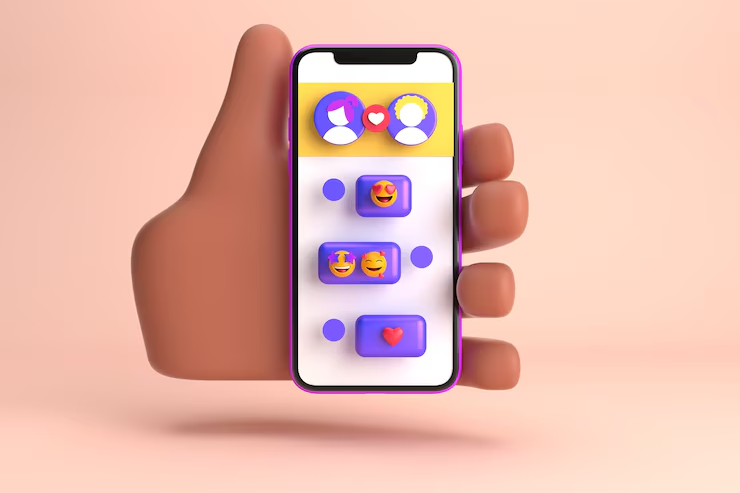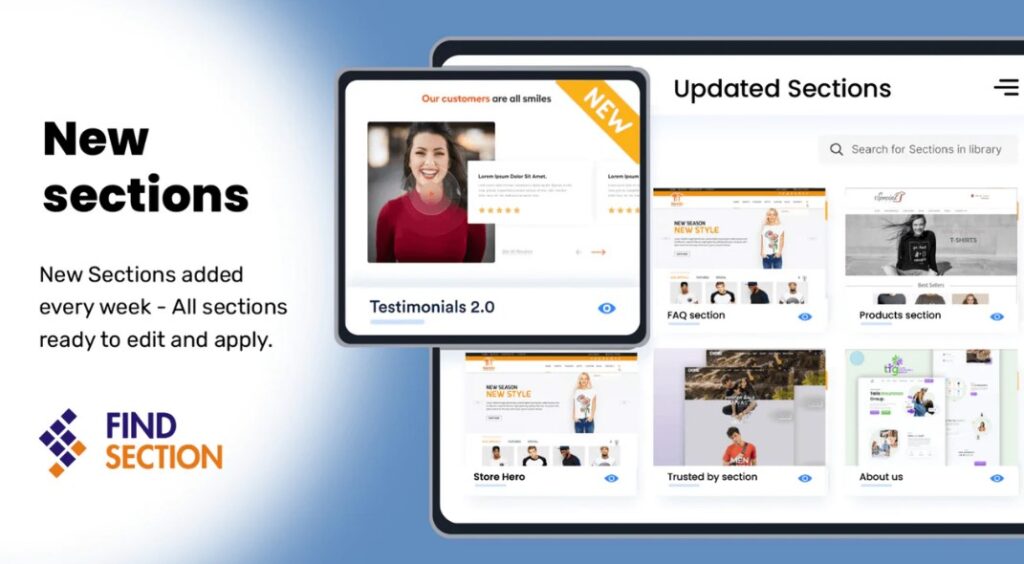In today’s digital age, mobile apps have become an integral part of our daily lives, offering convenience, entertainment, and efficiency. With the rapid advancement of technology, user expectations have also evolved, demanding more engaging and interactive experiences. One of the most effective ways to meet these expectations is through the use of 3D product animation. This blog will delve into how 3D product animation enhances user experience in mobile apps, the benefits it offers, and the cost considerations involved.
The Power of 3D Product Animation
3D product animation brings products to life by creating detailed, dynamic representations that can be interacted with in a mobile app environment. Unlike static images or traditional 2D animations, 3D animations provide a more immersive and realistic experience. This technology allows users to view products from multiple angles, zoom in to see intricate details, and interact with them in ways that closely mimic real-world handling.
Key Advantages of 3D Product Animation in Mobile Apps
- Enhanced Visualization3D product animation allows users to visualize products more clearly and comprehensively. This is particularly beneficial for complex products such as electronics, furniture, and machinery. Users can rotate the product, view it from different angles, and even see internal components through exploded views.
- Improved User EngagementInteractive 3D animations are more engaging than static images or videos. Users can manipulate the product, which keeps them engaged for longer periods. This interactive element can lead to increased user satisfaction and a higher likelihood of conversion.
- Better Understanding of Product FeaturesBy providing a detailed and dynamic view of the product, 3D animations help users understand the features and functionalities better. This is especially useful for educational apps, e-commerce platforms, and apps that require technical explanations.
- Increased User ConfidenceWhen users can interact with a 3D model of a product, they gain a better understanding of its size, scale, and functionality. This increased familiarity can boost their confidence in the product, leading to higher purchase rates in e-commerce apps.
- Reduced Returns and ComplaintsClear and detailed product visualization helps set realistic expectations for users. This transparency can lead to fewer returns and complaints, as users have a better understanding of what they are purchasing.
Implementing 3D Product Animation in Mobile Apps
Choosing the Right Tools and Software
Implementing 3D product animation in mobile apps requires the right tools and software. Several software solutions are available, each with its unique features and capabilities:
- Autodesk Maya and 3ds Max: These are industry-standard tools for 3D modeling and animation. They offer extensive features for creating highly detailed and realistic animations.
- Blender: An open-source 3D creation suite that is highly versatile and widely used in the industry.
- Unity and Unreal Engine: These game engines are also popular for creating interactive 3D content for mobile apps. They provide robust frameworks for developing and deploying 3D animations.
Integrating 3D Animations into Mobile Apps
The integration process involves several steps:
- Modeling and Animation: Create 3D models and animate them using the chosen software. Ensure that the models are optimized for mobile devices to prevent performance issues.
- Exporting and Optimization: Export the animations in a format compatible with the mobile app development platform. Optimize the animations to reduce file size and ensure smooth performance on mobile devices.
- Development and Integration: Integrate the 3D animations into the mobile app using the development platform’s APIs and tools. Test the animations on various devices to ensure compatibility and performance.
- User Interface Design: Design an intuitive user interface that allows users to interact with the 3D animations seamlessly. Consider touch gestures, buttons, and other interactive elements.
Case Studies and Applications
E-commerce Apps
E-commerce platforms are among the biggest beneficiaries of 3D product animation. For example, IKEA’s mobile app allows users to place virtual furniture in their homes using augmented reality and 3D models. This feature helps customers visualize how the furniture will look and fit in their space, increasing their confidence in their purchase decisions.
Educational Apps
Educational apps can use 3D animations to explain complex concepts and processes. For instance, medical education apps can provide interactive 3D models of the human body, allowing students to explore anatomy in detail. This immersive learning experience enhances understanding and retention of information.
Gaming and Entertainment Apps
In gaming and entertainment apps, 3D animations create more immersive and engaging experiences. Games with realistic 3D graphics and animations captivate users and provide a more enjoyable gaming experience. Entertainment apps can use 3D animations for virtual tours, interactive storytelling, and more.
Measuring the Impact of 3D Product Animation
To evaluate the effectiveness of 3D product animation in enhancing user experience, it’s essential to track key performance indicators (KPIs) such as:
- User Engagement: Measure the time users spend interacting with the 3D animations and their overall engagement with the app.
- Conversion Rates: For e-commerce apps, track the conversion rates before and after implementing 3D animations to assess their impact on sales.
- User Feedback: Collect user feedback through surveys and reviews to understand their perception of the 3D animations and their overall satisfaction with the app.
Cost Considerations: How Much Does Animation Cost?
When considering 3D product animation services, it’s crucial to understand the cost factors involved. The cost of creating and integrating 3D animations into mobile apps can vary widely based on several factors:
Complexity of the Animation
The complexity of the 3D models and animations significantly impacts the cost. Simple animations with basic movements and low-detail models are less expensive than intricate animations with high-detail models, complex movements, and interactive features.
Software and Tools
The choice of software and tools also affects the cost. High-end software like Autodesk Maya or 3ds Max may require a higher budget compared to open-source solutions like Blender. Additionally, using advanced game engines like Unity or Unreal Engine may add to the overall cost.
Development Time
The time required to create and integrate the 3D animations is a major cost factor. More complex and detailed animations take longer to develop, increasing the cost. Efficient project management and skilled developers can help optimize development time and costs.
Professional Expertise
Hiring experienced professionals for 3D modeling, animation, and app development is essential for high-quality results. However, experienced professionals often come at a higher cost. Balancing expertise with budget considerations is key to successful implementation.
Additional Features
Adding interactive features, such as touch gestures, augmented reality (AR) capabilities, and advanced user interfaces, can increase the overall cost. These features enhance user experience but require additional development and integration efforts.
Maintenance and Updates
Ongoing maintenance and updates are necessary to ensure the 3D animations continue to perform well on new devices and operating system versions. Budgeting for maintenance and future updates is essential for long-term success.
Estimating Costs
To provide a rough estimate, the cost of creating and integrating 3D product animations in a mobile app can range from a few thousand dollars to tens of thousands, depending on the factors mentioned above. For example:
- Basic 3D Animation: Simple animations with low-detail models may cost between $2,000 to $5,000.
- Intermediate 3D Animation: More detailed models with moderate complexity can range from $5,000 to $15,000.
- Advanced 3D Animation: Highly detailed models with complex animations and interactive features can cost $15,000 and above.
It’s important to work with a reputable 3D product animation service provider to get accurate quotes and understand the scope of work involved.
Conclusion
3D product animation is a powerful tool for enhancing user experience in mobile apps. By providing enhanced visualization, improved engagement, better understanding of product features, and increased user confidence, 3D animations can significantly impact user satisfaction and conversion rates. While the cost of implementing 3D product animation can vary, the benefits it offers make it a worthwhile investment for many mobile app developers and businesses.
As technology continues to advance, the capabilities of 3D product animation will only grow, offering even more opportunities to create immersive and interactive mobile app experiences. Whether you’re developing an e-commerce platform, educational app, or entertainment application, integrating 3D product animation can set your app apart and provide a superior user experience.
Remember, when planning to incorporate 3D product animation, it’s essential to consider the complexity of the animation, the tools and software required, development time, professional expertise, additional features, and ongoing maintenance. By carefully evaluating these factors and working with experienced professionals, you can create stunning 3D animations that captivate users and enhance their mobile app experience.




